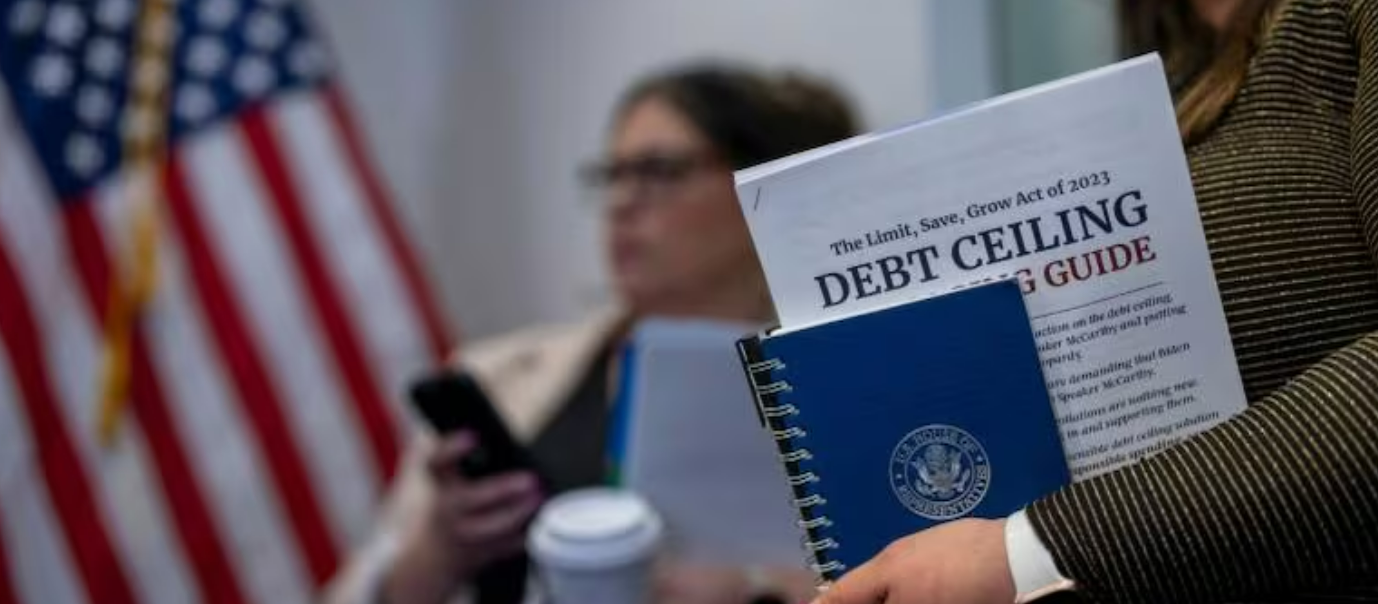Earlier this month, the Albanese Government delivered its second Federal Budget since assuming office. On that same day, the Northern Territory delivered their own Territory Budget and two days later, Western Australia’s State Budget followed.
Despite receiving less media coverage than their federal counterpart, state Treasurers and Premiers’ influence and impacts on the economy shouldn’t be cast aside.
With states predominantly responsible for impacting Australians’ day-to-day lives through service delivery and their role in providing cost-of-living crisis relief, the Nexus APAC team have summarised the key takeaways from the State and Territory Budgets delivered so far, and what you can expect from the ones still to come.
Victoria
Described by Victorian Treasurer the Hon Tim Pallas MP as the “most difficult” budget of the nine that he’s delivered so far, Victoria’s State Budget was delivered earlier this week.
Victoria’s ‘COVID debt repayment plan’ involves a ‘temporary and targeted’ 10-year levy directed at big business to offset the impact of COVID-related debt. The levy has two components – payroll and landholdings.
The payroll component will levy an additional payroll tax on large businesses with national payrolls above $10 million a year. A surcharge of 0.5 per cent will apply for businesses with national payrolls above $10 million (5 per cent of the state’s employers), and businesses with national payrolls above $100 million will pay an additional 0.5 per cent. The landholdings component will, from 1 January 2024, decrease the tax-free threshold for general land tax rates from $300,000 to $50,000. Family homes will remain exempt from land tax. Small businesses, on the other hand, will benefit from Victoria’s plan to abolish business insurance duty by 2033.
Despite the introduction of the levy, many observers have noted the states spiralling debt, with Victorian net debt projected to increase from $116.7 billion in June 2023 to $171.4 Billion by June 2027.
Another measure of interest announced in the Budget is the decision to ban native forest logging from the start of next year and $1 billion to revitalise the state-owned State Electricity Commission to lift the renewable energy sector.
Tasmania
Delivered yesterday, the 25 May and defined as a budget focused on health, education, and cost living by Treasurer the Hon Michael Ferguson MP.
First analysis of the state’s second budget from Treasurer Ferguson congratulates the increased spending in health and focus on increasing the number of staff in schools, however criticism has been raised that this funding is too little too late for the state’s struggling health and education systems.
Furthermore, the state will continue to see a budget deficit of $217m in 2022-23 and $297m in 2023-24, and a wafer-thin surplus of $12.7m in 2025-26, rising to $61m in 2026-27.
The biggest winners from the state’s budget are those in the sporting, tourism, and events sectors, with.
- $230m allocated to Macquarie Point in Hobart over the next 4 years,
- $1.1m in this financial year for the Hawthorn Football Club sponsorship,
- $410,000 for the Collingwood Magpies netball team sponsorship,
- $3m over the next 3 years to the Taste of Summer festival, and
- $500,000 over the next 2 years to a new booking system for national park permits and products.
Western Australia
Western Australia’s State Budget was delivered on May 11th by the Hon Mark McGowan MLA, who is both Premier and Treasurer. Two days after the Federal Labor Party forecast Australia’s first budget surplus in 15 years, Premier McGowan handed down his sixth consecutive budget surplus of $3.3 billion for the state of Western Australia.
Included in the State budget was a $600 million energy bill handout for all households. Every Western Australian household will receive at least $400 off their power bill. It also addressed the cost of living, with $750 million set aside to boost housing supply and choice, including to encourage overseas builders into the state.
Health was the most expensive portfolio in the budget, at 30.4 per cent of spending. This can be partially accredited to the $1.2 billion measure for major public hospital infrastructure projects.
Northern Territory
The Hon Eva Lawler MLA delivered her first budget as Treasurer of the Northern Territory on May 9th.
The 2023-24 budget continues a record commitment to transport infrastructure, with around $2.24 billion for roads, aerodromes, jetties and barge landings. Key projects include $178.1 million for Tanami Road, $165.6 million for Central Arnhem Road, and $114 million for the Buntine Highway. $215 million will be spent on constructing roads to support gas industry projects in the wake of fracking in the Beetaloo Basin getting the green light.
Another item in the spotlight for this budget was justice reform. The budget announced a $20 million increase over two years for domestic and family violence services, $65 million to progress the Aboriginal Justice Agreement initiatives, and a $45 million increase to the NT Correctional Services budget over two years. However, the Country Liberal Party of the Northern Territory (CLP) Opposition said that NT Labor failed to deliver on the Territory’s number one concern, law and order.
Upcoming State Budget – Queensland
Queensland’s State Budget will be a test for Premier the Hon Annastacia Palaszczuk MP’s new frontbench line-up, with 8 of the Cabinet’s 18 Ministers experiencing a change in portfolio last week. Treasurer the Hon Cameron Dick MP will resume his portfolio and deliver his fourth Queensland Budget on Tuesday, June 13.
Premier Palaszczuk has flagged that free Kindergarten is being “seriously considered” ahead of the State Budget next month. Meanwhile, Queensland crossbench MPs want to cap spending on the 2032 Brisbane Olympic Games in order to reprioritise funding towards housing and cost of living.
Soaring coal prices and the Palaszczuk Government’s new royalty regime are expected to deliver a budget boost of $8 billion.
Upcoming State Budget – South Australia
Currently, South Australian wages are below the national average, the State has the second lowest proportion of the population in employment, and investment levels have been below the national average for most of the last 30 years. Moreover, the State’s debt has been increasing since 2008. It will be instrumental for Premier the Hon Peter Malinauskas MP and Treasurer Stephen Mulligan MP to address these concerns in their second State Budget, which will be delivered on June 15th.
Upcoming State Budget – Australian Capital Territory
The ACT Budget will be delivered on June 27th. Infrastructure is likely to be a key focus, with ACT Light Rail Stage Two plans underway. Upon completion, the project would provide light rail services from Civic to Woden via the Parliamentary Triangle and extend the existing light rail to Gungahlin.
Upcoming State Budget – New South Wales
The NSW Budget has been delayed until September 19th, when Treasurer the Hon Daniel Mookhey MLC and Premier the Hon Chris Minns MP will deliver the first NSW Labor Budget in more than a decade.
Whilst the NSW Budget is usually delivered in June, the new Minns Government has decided to delay in order to conduct a ‘line-by-line’ spending review after uncovering $7.1 billion in fresh ‘financial pressures’ since taking office in March. Treasurer Mookhey has conceded that this renders his goal of returning to surplus by 2025 much harder to attain.
NSW Labor remains committed to abolishing the wage cap – set at 3 per cent for 2023-24 and 2.5 per cent for subsequent years – on public services. Treasurer Mookhey says this commitment will be funded by productivity gains and public savings.
In the interim, Treasurer Mookhey will deliver an ‘economic update’ in June, where he may indicate which Coalition spending commitments he intends to cut.
Funding reform ahead?
In light of the economic and cost-living pressures that Premiers and Treasurers must contend with when developing their State and Territory Budgets, increased spending allocations will be much harder for portfolio ministers to achieve. Some may say that this will have a direct impact on policy reform and increase the likelihood for each state and territory to turn to their federal colleagues to assist in closing funding gaps. Federal / State funding reform is always a challenge but with Labor governments in every mainland state and territory and a popular Federal Labor government will there be pressure for some movement on funding arrangements? Watch this space…
Latest posts by Nexus APAC (see all)
- United Kingdom General Election 2024: An Overview - April 15, 2024
- Australian Voters Go to the Polls - February 26, 2024
- Secretaries of Federal Departments – An Overview - February 1, 2024



